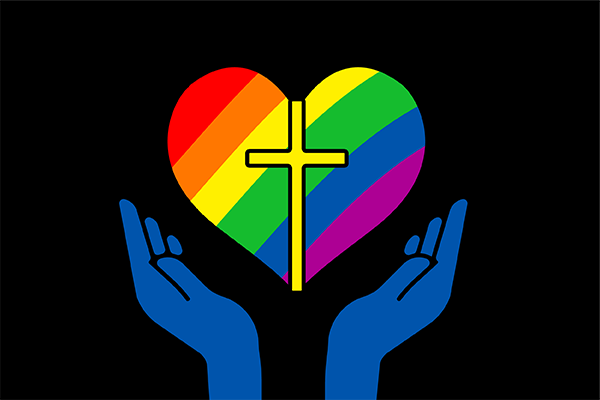Jun 28, 2023
Though some colors have been removed or added over the years for different reasons, six of the original colors continue to exemplify the shared humanity of everyone who marches under their banner. Each color has a meaning that carries deep significance for the LGBTQ+ community. At the same time, there is a biblical connection to the rainbow that speaks to the promises of God. This Pride month, I feel it’s worthwhile to reflect on what each color has to teach us about God and ourselves.
Read the Full Article

Already a subscriber? Login
